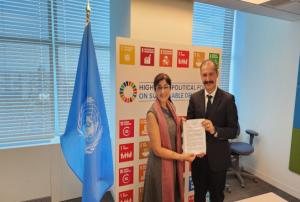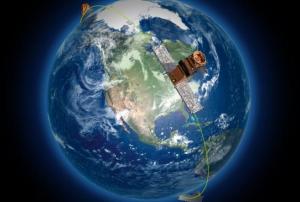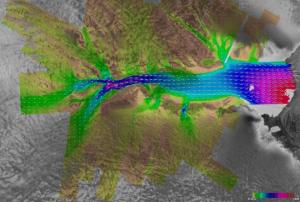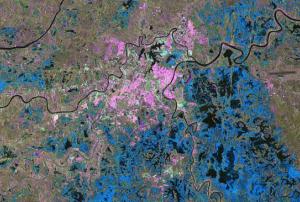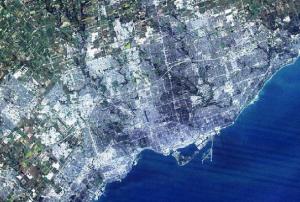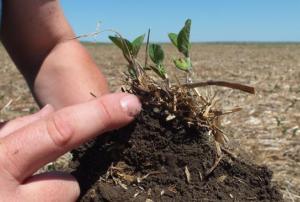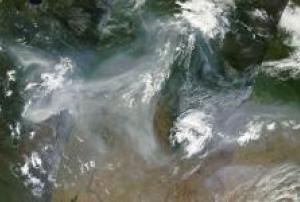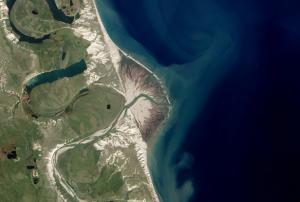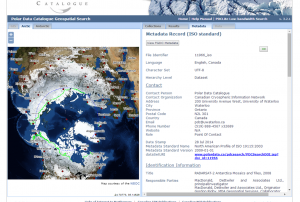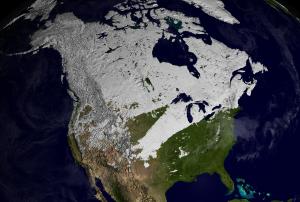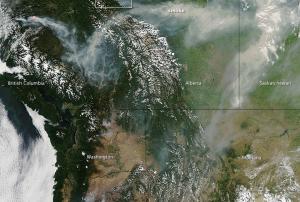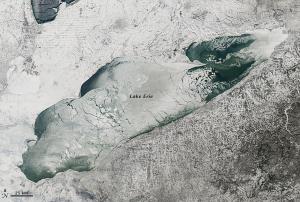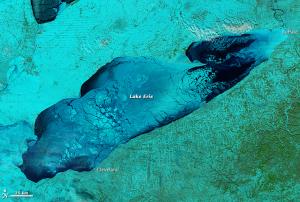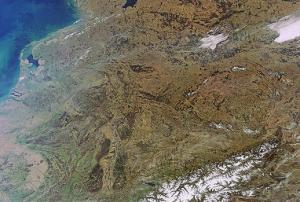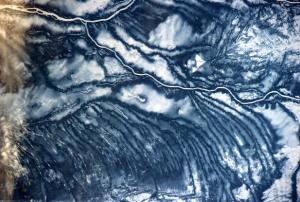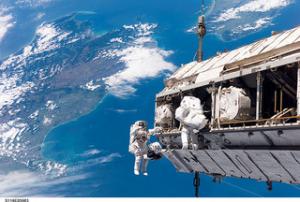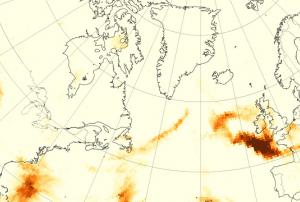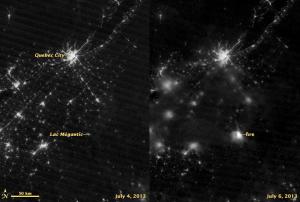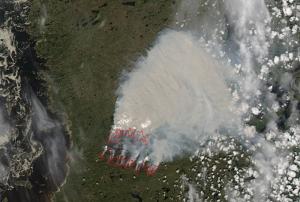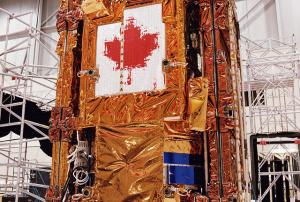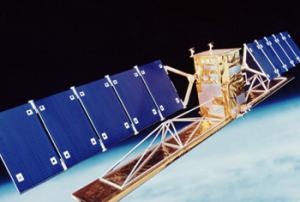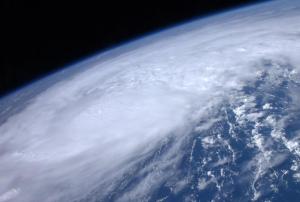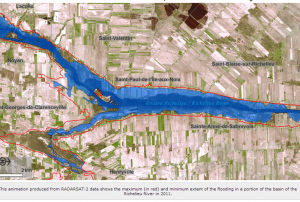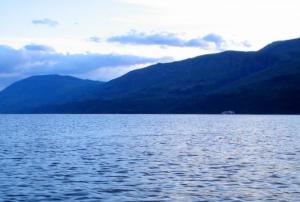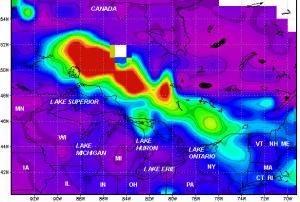UN-SPIDER has welcomed a new Regional Support Office at the United Nations University Institute for Water, Environment and Health (UNU-INWEH). The cooperation was formalised through a memorandum of understanding signed on 22 September by Aarti Holla-Maini, Director of the United Nations Office for Outer Space Affairs (UNOOSA), and Kaveh Madani, Director of UNU-INWEH. The signing took place in New York on the sidelines of the 80th session of the United Nations General Assembly.
“We are delighted to welcome UNU-INWEH as the newest Regional Support Office in the UN-SPIDER network. This partnership brings together space-based solutions and world-class expertise on water, environment, and health at a time when climate change is amplifying disaster risks worldwide. By joining forces, we strengthen our ability to support countries, especially in the Global South, in turning satellite data into actionable insights that save lives, safeguard livelihoods, and…
more